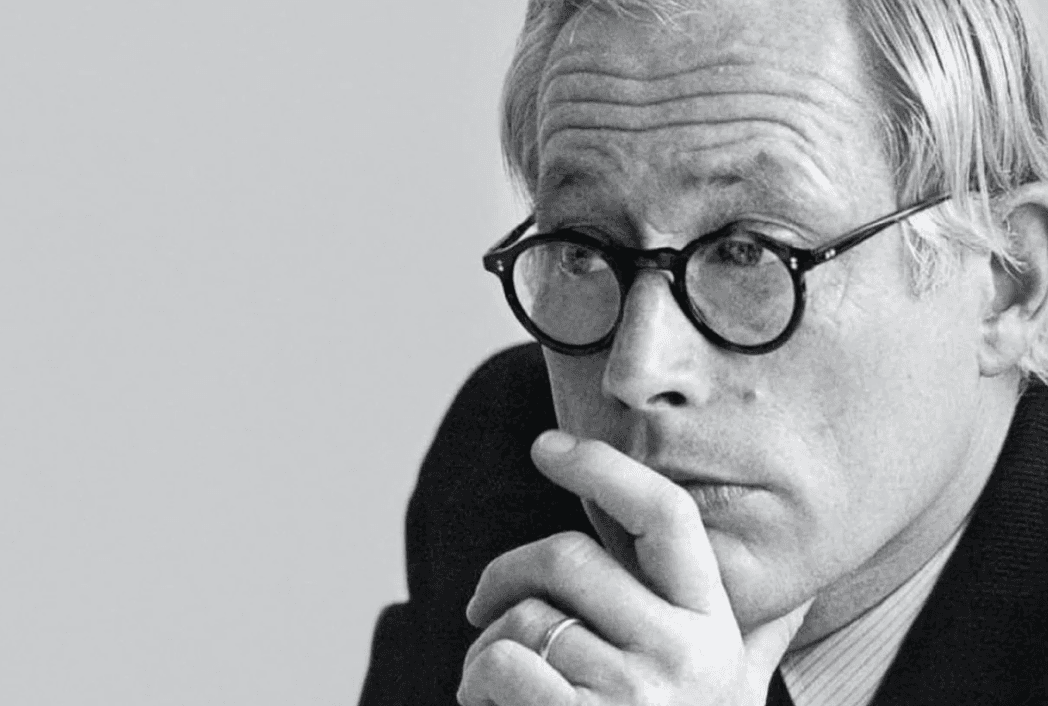Mar 6, 2024
Embracing Timelessness
Dieter Rams' 10 Principles of Good Design

In the world of design, certain voices rise above the rest, shaping not only the products we use but also our perception of what constitutes good design. One such influential figure is Dieter Rams, a German industrial designer renowned for his timeless and minimalist approach. Rams, through his work with Braun and his iconic designs for furniture company Vitsoe, left an indelible mark on the design world. Central to his philosophy are his "Ten Principles of Good Design," which continue to resonate and inspire designers across generations.
1. Good Design is Innovative
Innovation lies at the heart of good design. For Rams, innovation wasn't just about novelty but about solving real problems and improving the user experience. It's about pushing boundaries while maintaining functionality and usability.
2. Good Design Makes a Product Useful
Utility is paramount. A well-designed product should serve its purpose effectively and efficiently, without unnecessary complexity or adornment. Rams believed that design should enhance the usability of a product rather than hinder it.
3. Good Design is Aesthetic
Beauty is not an afterthought in good design; it's intrinsic. Rams championed simplicity, elegance, and timelessness in design. Aesthetic appeal, he believed, should emerge from the product's functionality and clarity of purpose.
4. Good Design Makes a Product Understandable
Clarity and simplicity lead to understanding. A well-designed product communicates its purpose and functionality intuitively, without the need for lengthy explanations or instructions. Rams advocated for designs that speak for themselves.
5. Good Design is Unobtrusive
Design should never overpower the user or the intended function of a product. Instead, it should seamlessly integrate into the user's life, quietly enhancing their experience without drawing unnecessary attention to itself.
6. Good Design is Honest
Honesty in design means being true to materials, purpose, and functionality. Rams rejected superficiality and gimmicks, advocating for designs that are transparent and authentic in their intentions.
7. Good Design is Long-lasting
True quality stands the test of time. Rams believed in designing products that endure both aesthetically and functionally, resisting the lure of planned obsolescence. He valued durability, sustainability, and the reduction of waste.
8. Good Design is Thorough Down to the Last Detail
Every aspect of a design matters, no matter how small. Rams emphasized the importance of meticulous attention to detail, from the overall form to the tiniest components. It's the cumulative effect of these details that elevates a design from good to great.
9. Good Design is Environmentally Friendly
Design should be mindful of its impact on the environment. Rams recognized the responsibility of designers to minimize waste, energy consumption, and pollution throughout the product lifecycle.
10. Good Design is as Little Design as Possible
Perhaps Rams' most famous principle, this encapsulates his belief in the power of simplicity. It's about stripping away the unnecessary and focusing on what truly matters, allowing the essence of the design to shine through.
Dieter Rams' principles of good design continue to inspire designers, reminding us of the timeless virtues of simplicity, functionality, and honesty. In an era of ever-changing trends and technological advancements, his philosophy serves as a guiding light, urging us to create designs that stand the test of time and enrich the lives of users. As we navigate the complexities of the modern world, let us embrace Rams' legacy and strive for design that is not only beautiful and innovative but also meaningful and enduring.
More journals

